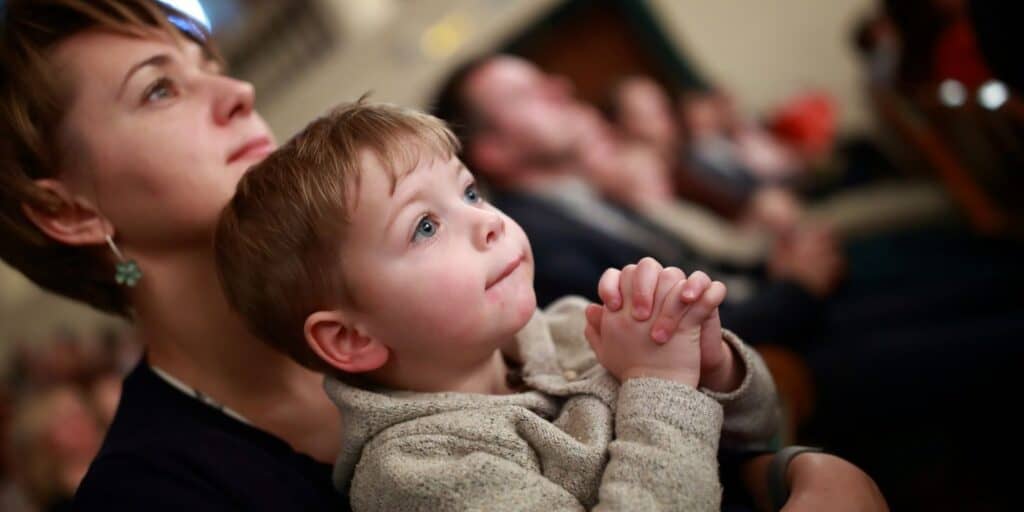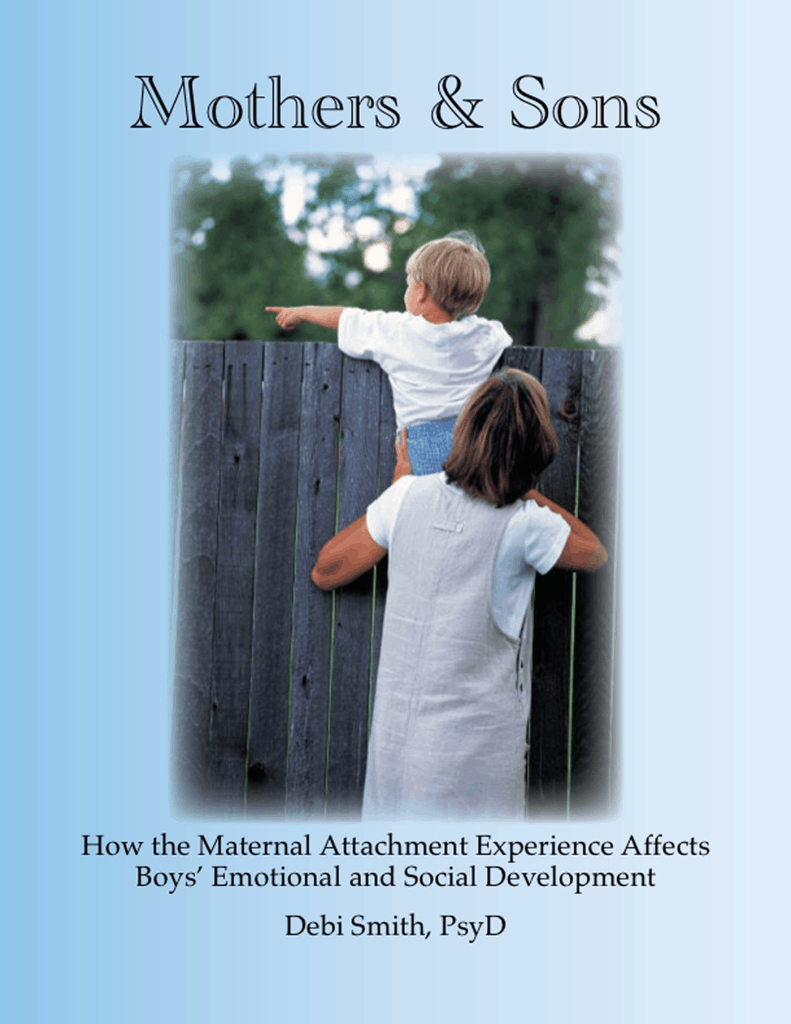
A Simple, Practical Theory of Attachment
Building on studies of infant (e.g., Ainsworth et al., 1978; Main, Kaplan, & Cassidy, 1985) and adult (e.g., Hazan & Shaver, 1987; Main et al., 1985) attachment, Bartholomew and Horowitz (1991) developed a comprehensive, four-category model of adult attachment (which may also be inferred by similar classifications of infant attachment).
Succinctly characterized by positive or negative views of self and others, each of the four attachment styles (or internal working models) is associated with a distinct profile of intrapersonal and interpersonal dynamics.
Securely attached individuals have an internal working model with positive views of both self and others and are comfortable with either intimacy or autonomy (Bartholomew & Horowitz, 1991). These persons, like securely attached infants, believe that someone will be available to them if needed and believe that they are deserving of others’ help. Once an individual has developed the capacity for secure attachments, he or she will likely continue the pattern throughout the remainder of the life span. This development may occur during infancy with the primary caretaker, but also may occur later in life through another significant relationship.
Each of the insecure (preoccupied, fearful, and dismissing) attachment styles, however, has its own distinctive set of interpersonal problems. The preoccupied attachment style is characterized by an internal working model with a negative view of self and a positive view of others. These individuals feel anxious in their relationships, demonstrate a high level of dependence on others, and invest a significant amount of energy in relationships that are not necessarily in their best interest to maintain (Bartholomew & Horowitz, 1991). The preoccupied attachment style is equivalent to Hazan and Shaver’s (1987) anxious/ambivalent category of attachment.
The fearful and dismissing attachment styles were undifferentiated in earlier research by Hazan and Shaver (1987), who referred to both styles as avoidant. However, Bartholomew and Horowitz (1991) identified distinct differences between the two categories. The fearful attachment style is characterized by an internal working model with negative views of both self and others. Observation suggests that these persons are socially avoidant because they are fearful of their own vulnerability in intimacy. They anticipate that others will be hurtful and believe that they do not deserve to be treated well due to perceived personal shortcomings.
This is an excerpt from Mothers and Sons by Dr. Debi Smith.



